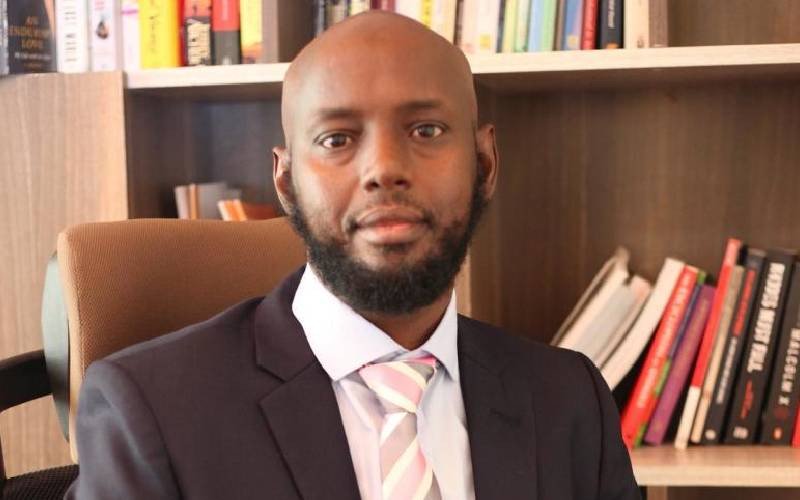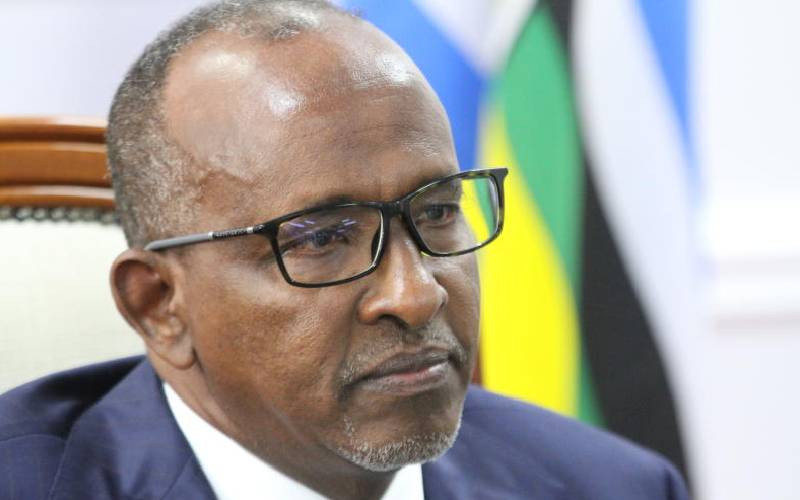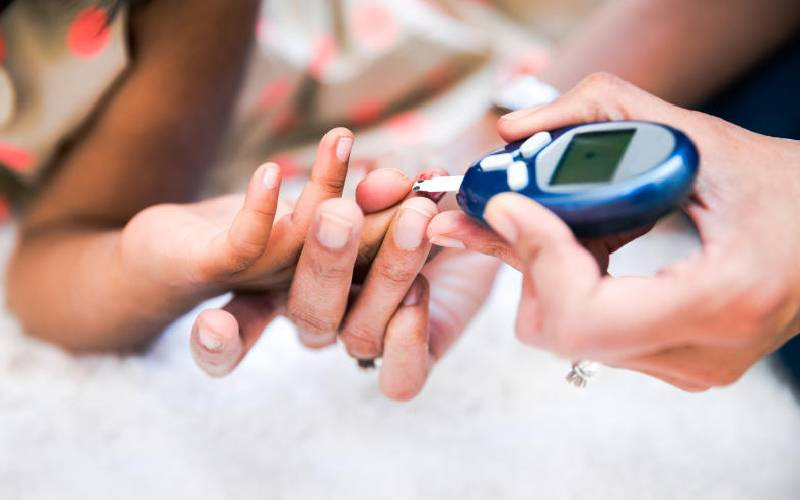
[iStock Photo]
More than one in every 100 deaths globally is due to suicide, the World Health Organization said Tuesday, calling for urgent action to stem a mounting mental health crisis among young people especially.
The WHO said that, while global suicide rates had fallen somewhat in recent years, progress in combating the issue was far too slow.
In 2021 -- the last year for which data was available -- there were an estimated 727,000 suicides worldwide, the United Nations' health agency said.
"Globally, suicide accounts for more than one in every 100 deaths, and for each death, there are 20 suicide attempts," said Devora Kestel, the interim head of the WHO's non-communicable disease and mental health department.
Those suicides "affected countless more lives and livelihoods, as friends, carers and loved ones were forced to grapple with unimaginable hardship", she told reporters.
The WHO's World Mental Health Today report highlighted that suicide remains a leading cause of death among young people across geographies and socioeconomic contexts.
In 2021, it was the second leading cause of death for girls and women aged 15 to 29, and the third leading cause for males in the same age category, it found.
- Meet mental health coach 'Hummingbird,' healing hearts and saving one soul at a time
- Trump pulls US from World Health pandemic reforms
- Breaking the spell: Fighting myths that hinder epilepsy treatment
- Global warming linked to consumption of sugary drinks, ice cream
Keep Reading
Despite a 35-percent global decline in the age-adjusted suicide rate between 2000 and 2021, the world is still falling short of its goal: instead of the targeted one-third reduction in suicide rates between 2015 and 2030, current progress suggests only a 12 percent decrease will be achieved, according to the WHO.
'Stagnation'
Decreases were seen in every region -- except in the Americas, where the suicide rate increased by 17 percent in the same period.
Nearly three-quarters of all suicides take place in lower-income countries, where most of the global population lives.
Although wealthier countries have a higher suicide rate, as a proportion of population, it is difficult to compare since they also tend to have better data available than lower-income countries, the WHO pointed out.
The agency cautioned that, while suicide rates have been slowly declining, the prevalence of mental disorders like anxiety and depression has been swelling.
"Between 2011 and 2021, the number of people living with mental disorders increased faster than the global population," the report said.
According to the latest findings, more than one billion people are living with mental health disorders.
The WHO voiced particular concern about growing mental health distress among young people.
While there are likely a long line of drivers behind the increase, Mark van Ommeren, head of the WHO mental health unit, said "the two main hypotheses are social media and the impact of the Covid pandemic".
In this context, WHO voiced alarm at a "stagnation" in mental health investment around the world, with median government spending on mental health remaining at just two percent of total health budgets -- unchanged since 2017.
Globally, only nine percent of people with depression get treatment, it found.
"Transforming mental health services is one of the most pressing public health challenges," WHO chief Tedros Adhanom Ghebreyesus said in a statement.
 The Standard Group Plc is a multi-media organization with investments in media
platforms spanning newspaper print
operations, television, radio broadcasting, digital and online services. The
Standard Group is recognized as a
leading multi-media house in Kenya with a key influence in matters of national
and international interest.
The Standard Group Plc is a multi-media organization with investments in media
platforms spanning newspaper print
operations, television, radio broadcasting, digital and online services. The
Standard Group is recognized as a
leading multi-media house in Kenya with a key influence in matters of national
and international interest.











